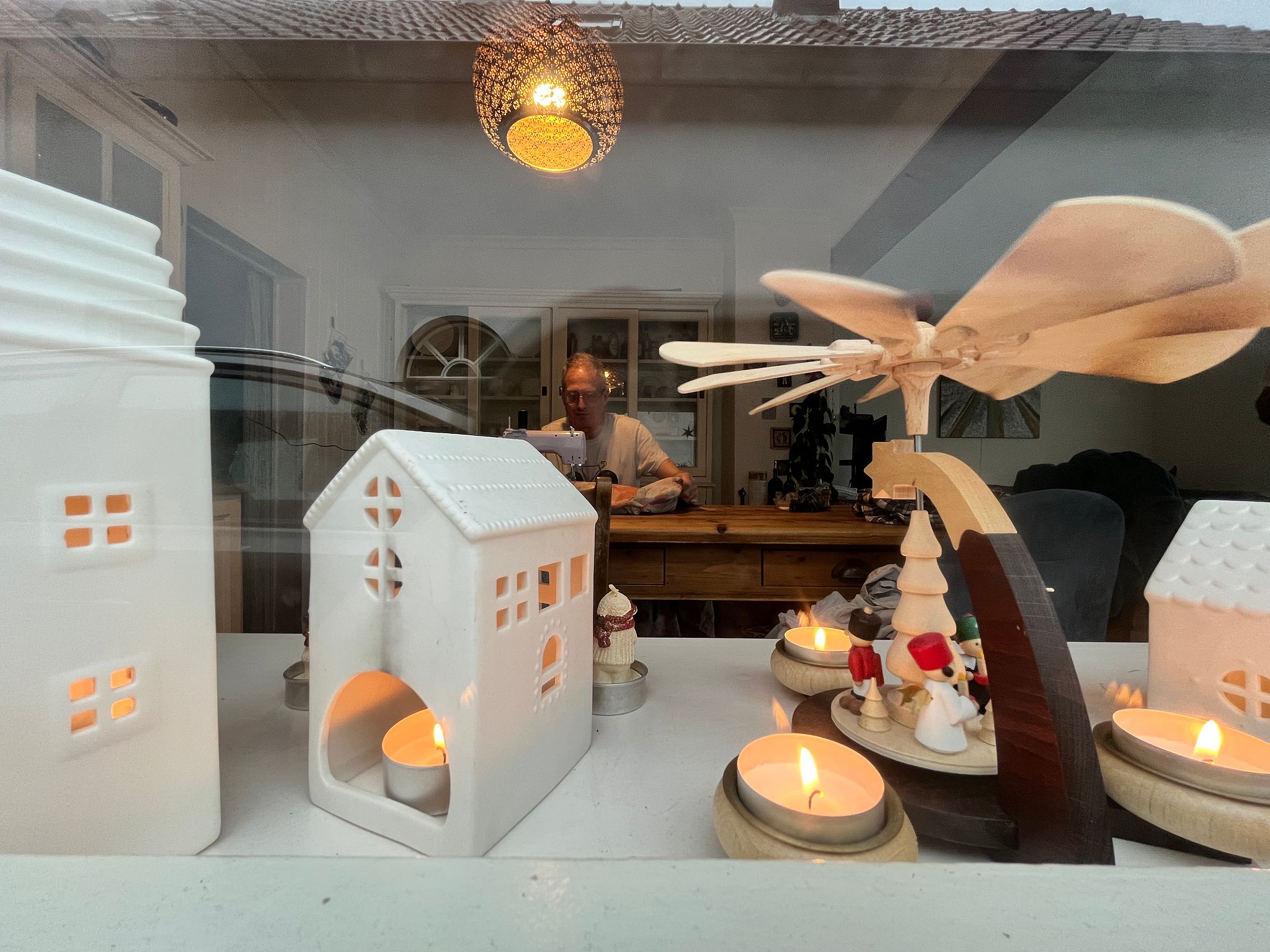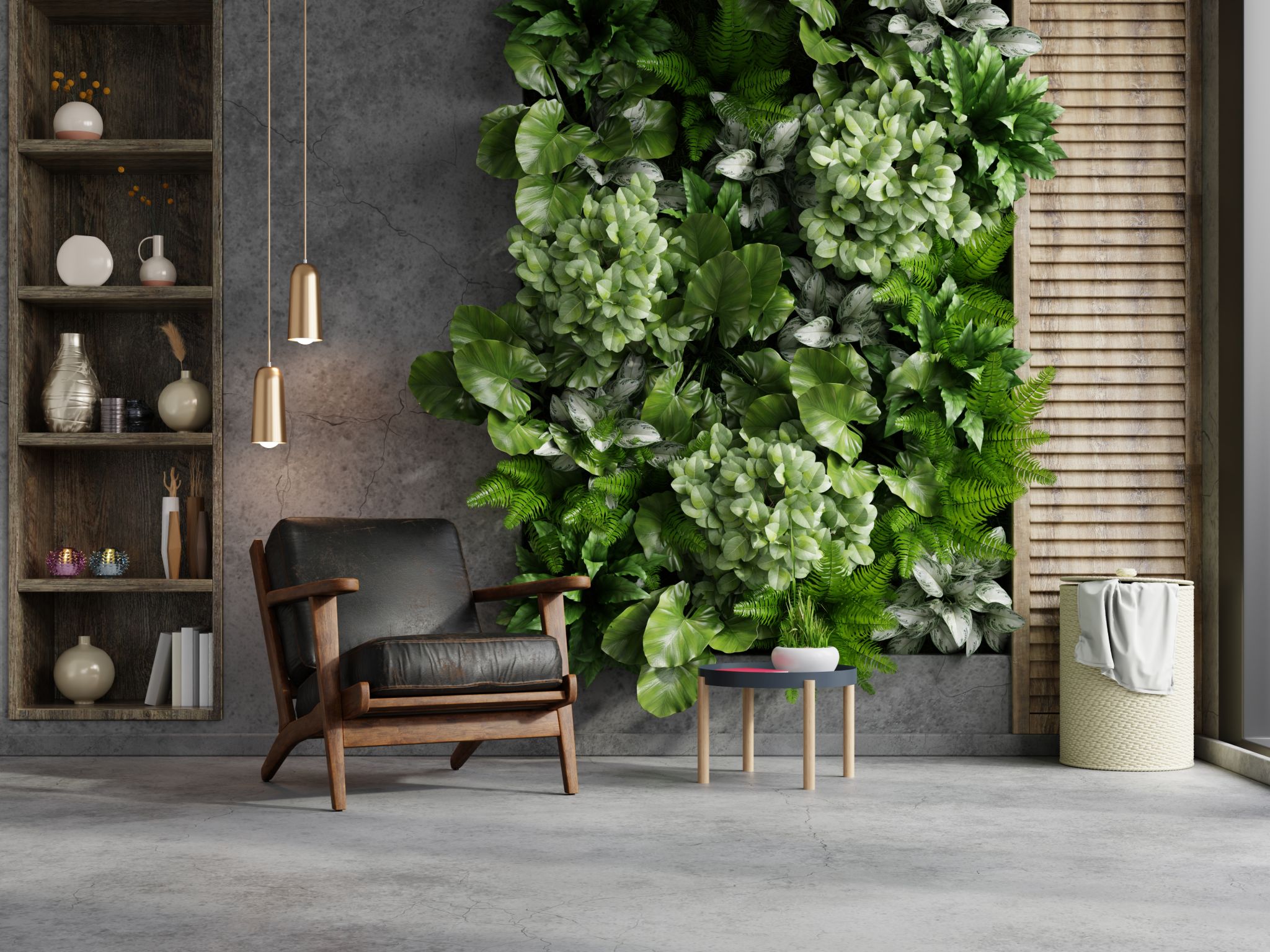Case Study: Successful Residential Interior Transformations in Amsterdam
Po
Introduction to Interior Transformations
Amsterdam is renowned for its picturesque canals, historic architecture, and vibrant culture. Yet, beneath the surface lies another story of remarkable change—residential interior transformations that have turned ordinary living spaces into extraordinary homes. In this case study, we explore some successful residential projects that epitomize the art of interior design.

The Importance of Personalization
One of the critical aspects of a successful residential transformation is personalization. Homeowners in Amsterdam are increasingly seeking designs that reflect their personalities and lifestyles. Incorporating elements that resonate with the inhabitants not only enhances aesthetic appeal but also adds a sense of belonging and comfort.
Understanding Client Needs
Designers must delve into understanding what clients truly desire in their living spaces. This involves detailed consultations and mood boards to capture the essence of what each family envisions for their home. This approach ensures that the final design aligns with the client's needs and preferences.

Maximizing Space in Compact Homes
Amsterdam's residential buildings are often characterized by compact spaces, making efficient use of available area crucial. Designers employ clever solutions to maximize space without compromising on style or functionality. This includes multifunctional furniture, smart storage solutions, and open-plan layouts.
Innovative Design Solutions
Some popular strategies include:
- Built-in storage: Utilizing vertical space with floor-to-ceiling shelves.
- Convertible furniture: Items like sofa beds and extendable dining tables.
- Open shelving: Creating an illusion of more space and easy access to essentials.

Embracing Sustainable Design
Sustainability is not just a trend in Amsterdam but a way of life. Many homeowners are opting for eco-friendly materials and energy-efficient solutions in their interior transformations. This commitment not only reduces the environmental impact but also promotes healthier living spaces.
Eco-Friendly Choices
Key sustainable practices include:
- Using recycled or upcycled materials.
- Installing energy-efficient lighting and appliances.
- Incorporating plants to improve air quality and aesthetics.

The Role of Technology in Interior Design
Technology plays an increasingly significant role in modern interior design. From virtual reality tools that allow homeowners to visualize their future space to smart home systems that enhance convenience and security, technology is reshaping the way interiors are designed and experienced.
Future-Ready Homes
Designers are now integrating smart thermostats, automated lighting, and voice-controlled devices to create homes that are not only beautiful but also highly functional. This fusion of design and technology leads to spaces that are both cutting-edge and comfortable.

Conclusion: The Art of Transformation
The successful residential interior transformations in Amsterdam showcase a blend of creativity, functionality, and sustainability. By prioritizing personalization, maximizing space, embracing eco-friendly practices, and leveraging technology, designers are crafting homes that are truly reflective of the city's innovative spirit. These transformations not only enhance living experiences but also set a benchmark for interior design worldwide.